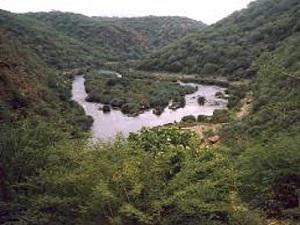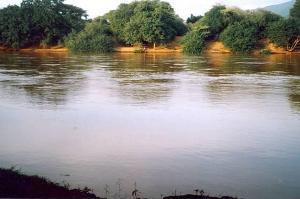Cuthbert Nahonyo
To establish if the hypothesis that there is elephant movement between Greater Ruaha and Selous ecosystems is worth more detailed investigation.

This preliminary study aims at gathering facts that would lead to more detailed studies to establish elephant movement patterns in the study area. Ultimately the aim will be to establish whether there is elephant movement between Greater Ruaha Ecosystem and Selous Ecosystem in central eastern Tanzania. This will be the first scientific proof that we have an elephant megapopulation linking three major elephant ecosystems of Ruaha, Selous and Niassa in Mozambique.

This feasibility study will provide the baseline information needed for a broader and more detailed study of elephant movement between the two ecosystems. Studying elephant movements in the area is important in understanding elephant migration patterns and will provide useful inputs in studies of elephant population dynamics and genetics. Establishing existence and pattern of elephant movements between the two ecosystems will provide vital information for undertaking the necessary management measures to protect the elephant corridor. Elephant is a threatened species and appear as “Vulnerable” under the International Union for Conservation of Nature and Natural Resources (IUCN) and is placed as Appendix I species (except in Zimbabwe, Botswana and Namibia where it is listed as Appendix II species) under the Convention in International Trade on Endangered Species of Flora and Fauna (CITES). This study will also provide necessary information required in designing appropriate elephant conservation measures.
It is reported that there is a possible link between the Greater Ruaha ecosystem and western miombo elephant populations. Studies have proved that the Selous elephant population is linked to the Mozambican elephant population through the Selous-Niassa wildlife corridor, an area of approximately 6,000 – 10,000 sq km covering a distance of approximately 200km. The corridor links the world’s largest Miombo woodland ecosystems and covers a traditional migratory route for elephants between two of the biggest intact elephant populations in Africa. It is also reported that there is an elephant corridor connecting Greater Ruaha population and Selous population via Nyang’oro hills. Though this hypothesis is strongly supported by local people it needs to be further investigated. No studies have been done to understand elephant movements in the proposed area.
The major activities in this project will include tracking and taking records of elephants and elephant signs, interviewing people in the study area, revisiting relevant literature related to elephant movement in the study area. The whole project is expected to last for about a year. Surveys will ensure that both wet and dry seasons are covered.